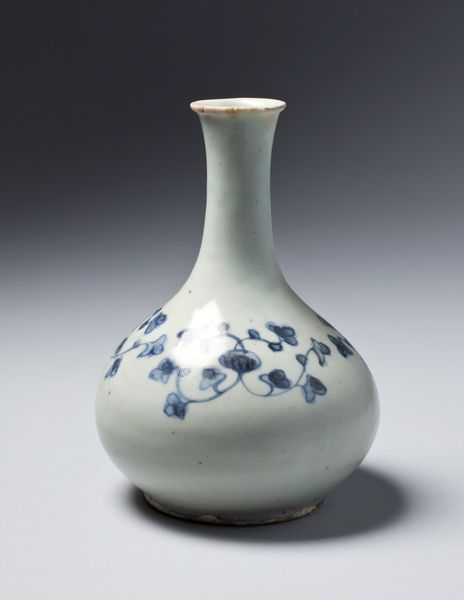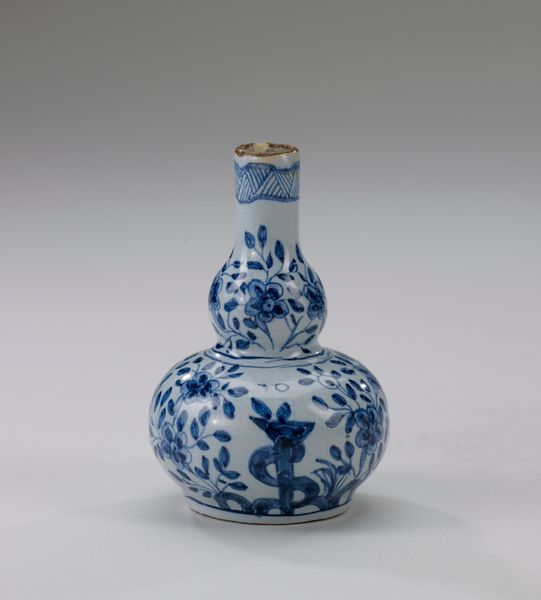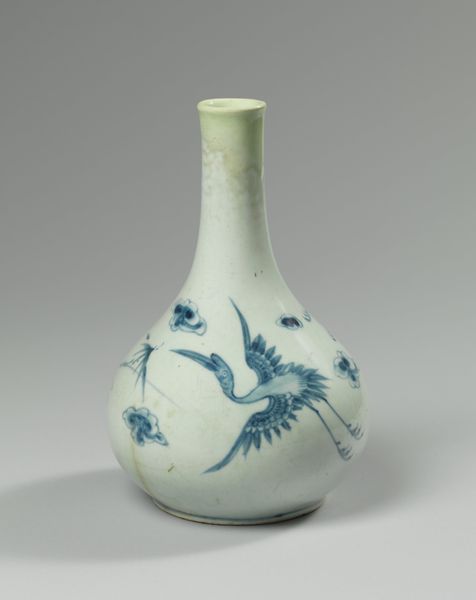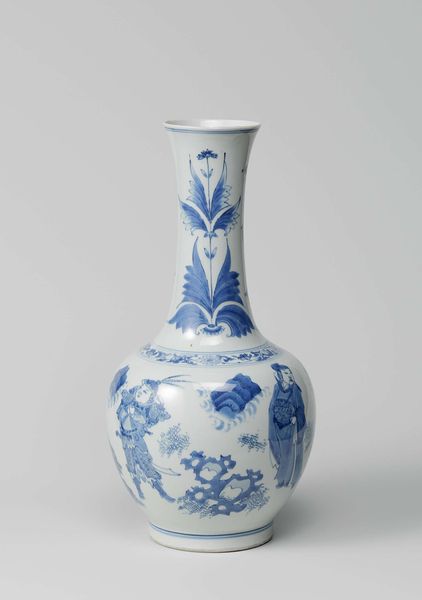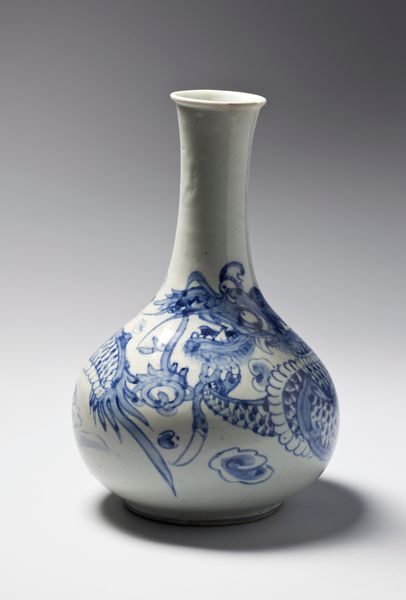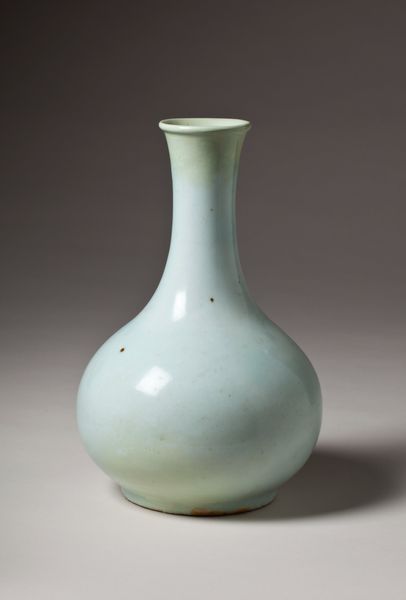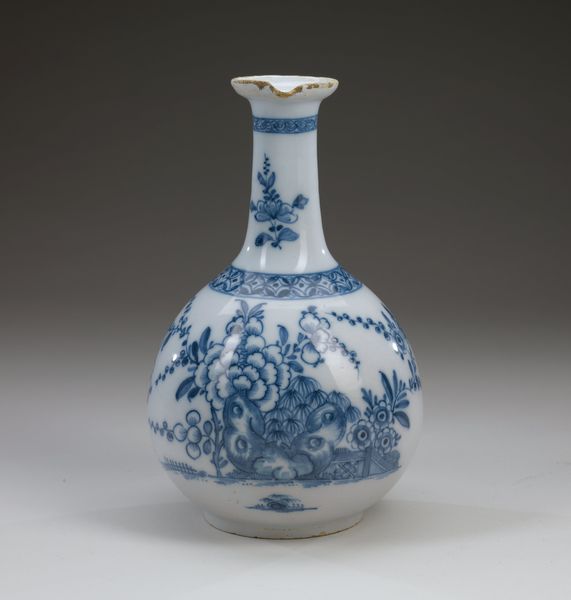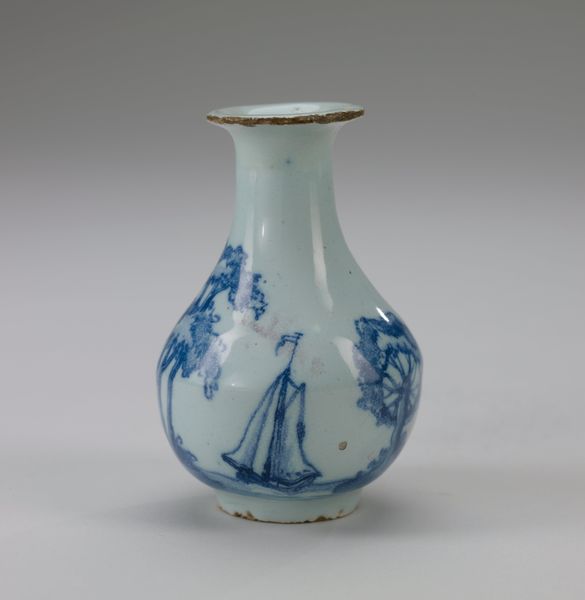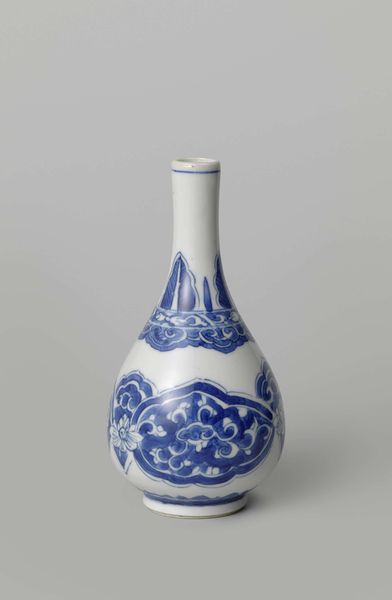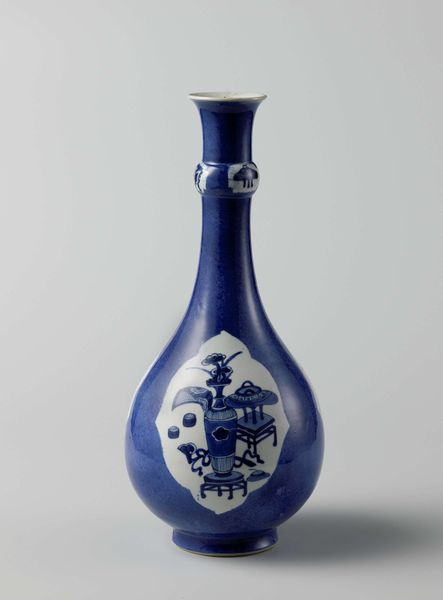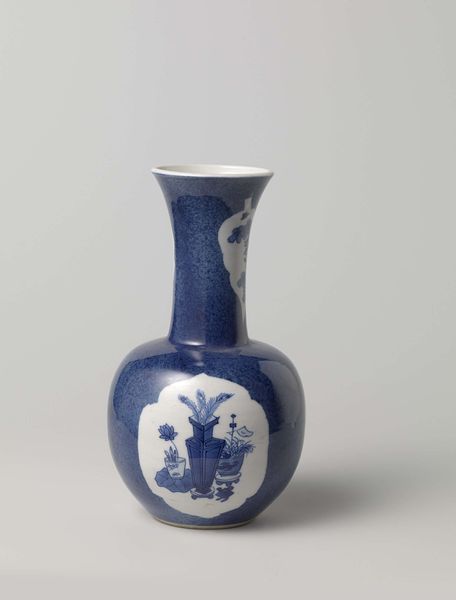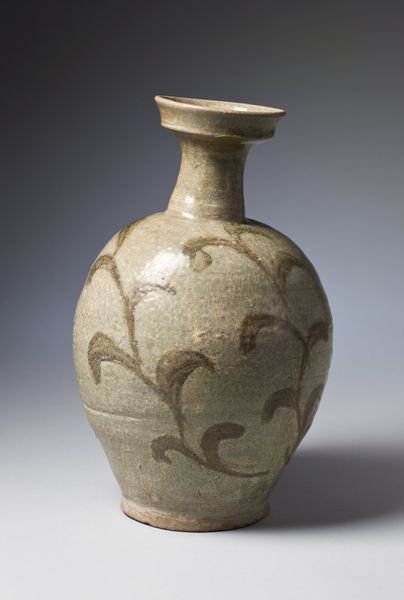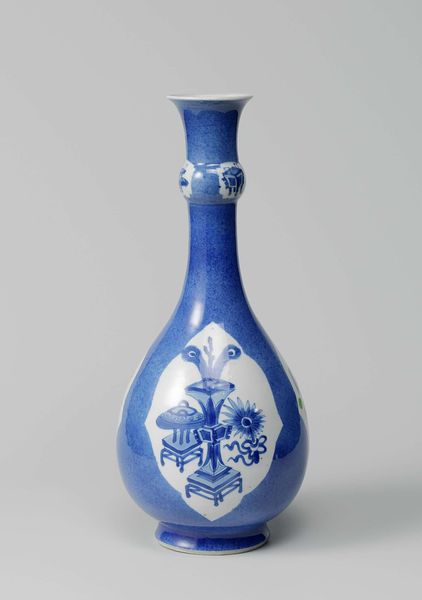
ceramic
#
ceramic
#
orientalism
#
ceramic
Copyright: Public Domain
This vase was made by an anonymous maker, using ceramic and painted with cobalt oxide. The vase, with its subtle blue-grey color palette, embodies both refinement and practicality. The form is wheel-thrown, and then decorated with a freely brushed design. The material and processes used in creating this vase speak volumes about its cultural significance. Ceramic production involves labor-intensive steps, from sourcing and preparing the clay, throwing it on the wheel, applying the decoration, glazing, and firing it in a kiln. The cobalt used for the decoration would have been a precious import. All of this required skilled hands, specialized knowledge, and collective effort. The production process would have been very complex and a team effort. Considering the materials, making, and context allows us to appreciate the full meaning of this object and challenges traditional notions of art.
Comments
minneapolisinstituteofart almost 2 years ago
⋮
China's cultural influence on Korea dates to over two thousand years ago when they first engaged in trade. This influence is seen in Korea's ceramic production, when local potters began making porcelain at the end of the fourteenth century, with many of their wares modeled on Chinese prototypes. This later vase is no exception, as it features a cup-like mouth, which is also seen in Chinese porcelain. The abstract design in blue underglaze is suggestive of flowers, with similar motifs appearing on other Korean wares.
Join the conversation
Join millions of artists and users on Artera today and experience the ultimate creative platform.
